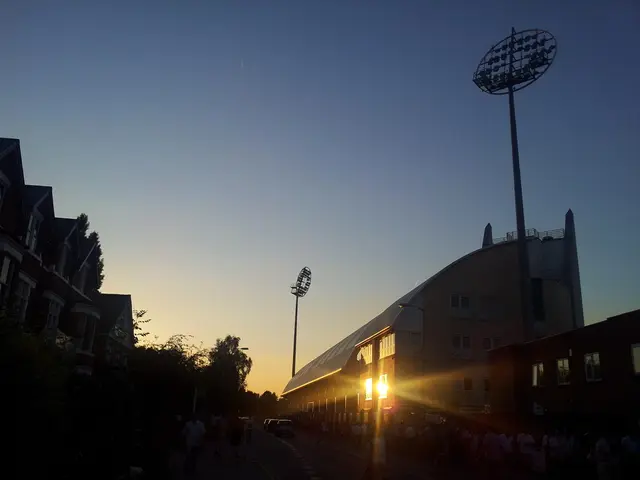Reason for the Demise of the Rail Baltica Project
The Rail Baltica railway project, a ambitious endeavor to unite the Baltic States with Europe, has sparked discussion and concerns regarding its viability and future prospects, particularly in Latvia and Estonia. Initially heralded as the "construction site of the century," the project now faces challenges in fulfilling the initial deadlines due to mounting costs and delays.
In Latvia, the project is progressing, particularly in the southern section near Iecava. Earthworks, embankments, and infrastructure facilities are being constructed steadily, with major planning phases completed, allowing the project to enter full construction mode. This Latvian segment is becoming a strategically important link in the broader European rail corridor.
On the other hand, Estonia is forging ahead with key sections of the mainline, with over 100 km of track covered by construction agreements. Work has started or is imminent in most sections, with contracts for superstructure construction between the Ülemiste-Pärnu and Pärnu-Ikla sections nearing signing. The Ülemiste passenger terminal in Tallinn, designed by Zaha Hadid Architects, also stands to serve as the northern terminus of the line.
While Lithuania is advancing according to its 2025 targets, challenges remain in the coordination, scale, complexity, funding, and contracting aspects of the Rail Baltica project. Spatial planning, environmental assessments, and coordination with local authorities must be meticulously managed to avoid delays. Moreover, the project's transnational nature compounded by engineering challenges and the unique Estonian procurement model necessitate precise execution to stay on schedule.
Achieving the ambitious 2030 deadline for the entire Rail Baltica corridor is critical for its integration into the European rail network. The successful implementation of planning, contract signing, and initial construction stages strengthens the prospects for on-time completion. The project will deliver a modern, high-speed rail corridor connecting the Baltic states with the broader European network, enhancing regional mobility and economic integration.
Continued efforts in construction, overcoming environmental and engineering challenges, and close cross-border coordination are essential elements for realizing Rail Baltica’s potential. Strong international cooperation, expertise, and continued steady progress are vital to ensuring the project’s successful completion.
The Rail Baltica project, with its promising integration into the European rail network, necessitates extensive collaboration in the finance sector to secure funds for the remaining challenges and meet the 2030 deadline. Moreover, coordinating industry efforts in transportation and infrastructure will play a pivotal role in overcoming engineering complexities and achieving on-time completion.








